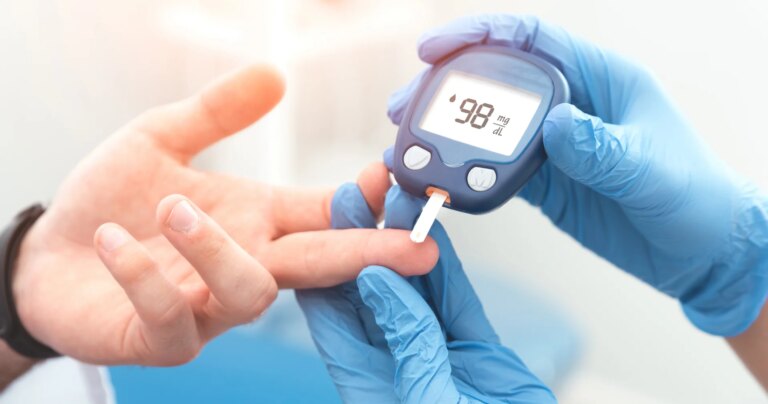Vitamin D3, often called the “sunshine vitamin,” plays a critical role in keeping your body healthy. Unlike most vitamins, your body can actually make Vitamin D3 when your skin is exposed to sunlight. But despite this natural source, many people still don’t get enough — and the consequences can affect your bones, immune system, and overall well-being.
Uvclas D3 is a high-potency vitamin D3 supplement used to prevent and treat vitamin D3 deficiency. It comes in an oral solution of 60000 IU and offers a practical way to regain normal levels of vitamin D in the body.
So, how do you know if you’re getting enough Vitamin D3, and what can you do to make sure you’re not falling short?
Why Vitamin D3 Matters
Vitamin D3 (cholecalciferol) helps your body absorb calcium and phosphorus — minerals vital for strong bones and teeth. Without enough Vitamin D3, bones can become brittle and weak, leading to conditions like osteoporosis in adults and rickets in children.
But the benefits don’t stop at your skeleton. Vitamin D3 also supports your immune system, helps regulate mood, and may even play a role in protecting against certain diseases like heart disease and some cancers. Recent research suggests a link between low Vitamin D3 levels and increased risk of depression and autoimmune conditions.
How Much Do You Need?
The recommended daily intake varies by age, lifestyle, and individual health factors. Generally, adults need about 600–800 IU (International Units) per day, but some people may need more — especially those who are deficient.
Your body naturally produces Vitamin D3 when your skin is exposed to direct sunlight. However, many factors can limit how much you get this way:
-
Geography: People living in northern regions get less sun exposure, especially in winter.
-
Lifestyle: If you spend most of your time indoors, work night shifts, or cover your skin with clothing, you may not produce enough.
-
Skin tone: Darker skin produces less Vitamin D3 because higher melanin levels reduce UV absorption.
-
Age: As you get older, your skin’s ability to make Vitamin D3 decreases.
Signs You Might Be Deficient
Vitamin D3 deficiency is surprisingly common. Symptoms can be subtle and easy to overlook at first. Common signs include:
-
Frequent colds or infections
-
Bone or back pain
-
Muscle weakness
-
Feeling tired or fatigued
-
Low mood or depression
-
Slow wound healing
If you suspect you might be low in Vitamin D3, your doctor can check your levels with a simple blood test.
Best Sources of Vitamin D3
1. Sunlight: Spending 10–30 minutes in the sun a few times a week can help maintain healthy levels. But remember, too much sun exposure can increase the risk of skin cancer, so balance is key.
2. Food: Few foods naturally contain Vitamin D3, but some good sources include:
-
Fatty fish (salmon, mackerel, sardines)
-
Egg yolks
-
Fortified foods like milk, orange juice, and cereals
3. Supplements: For many people, especially during the winter or if they have limited sun exposure, a Vitamin D3 supplement is the easiest way to maintain healthy levels. Always talk to your doctor before starting a supplement to determine the right dose for you.
Final Thoughts
Vitamin D3 is essential for strong bones, a healthy immune system, and overall vitality. Yet millions of people worldwide don’t get enough. A few simple steps — like getting moderate sun exposure, eating Vitamin D-rich foods, or taking a supplement if needed — can make a big difference.
If you’re unsure about your Vitamin D3 levels, consider having them checked. It’s a small step that can have a big impact on your health and quality of life.




